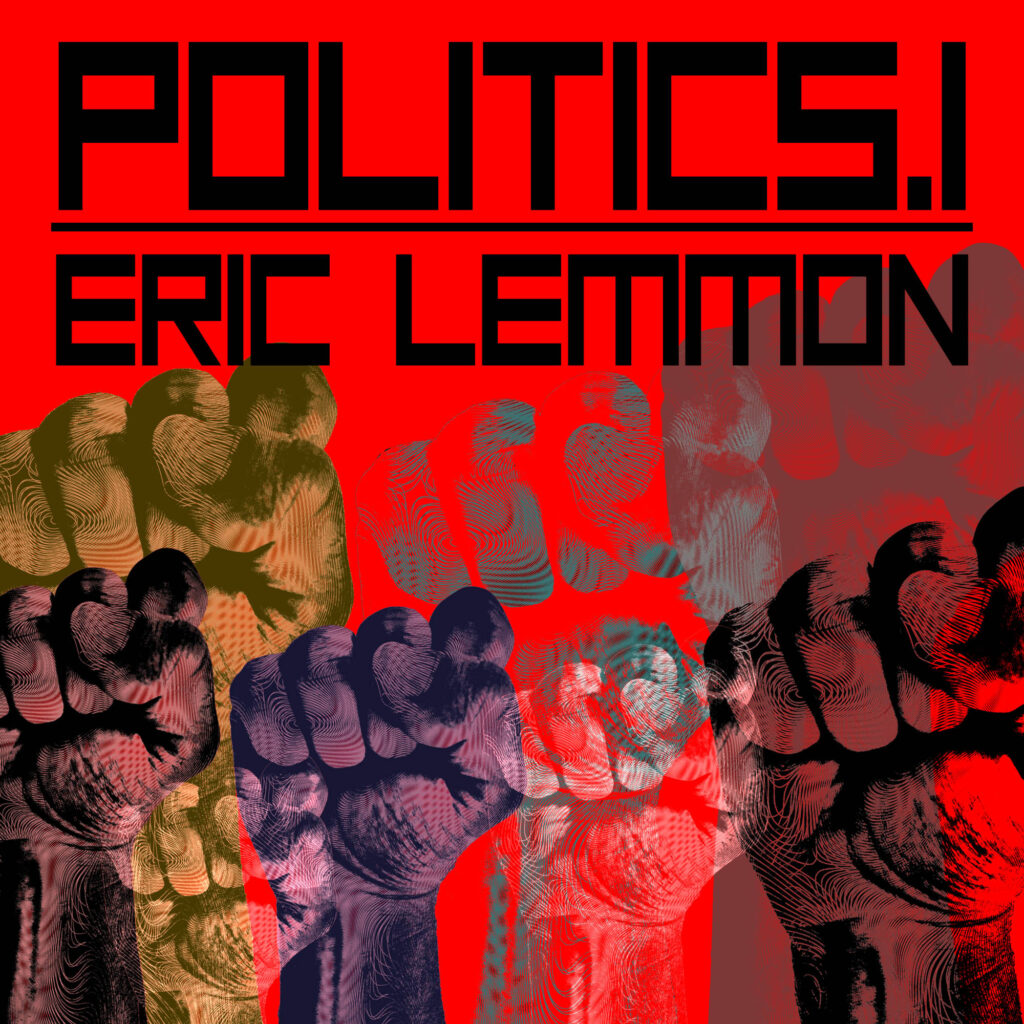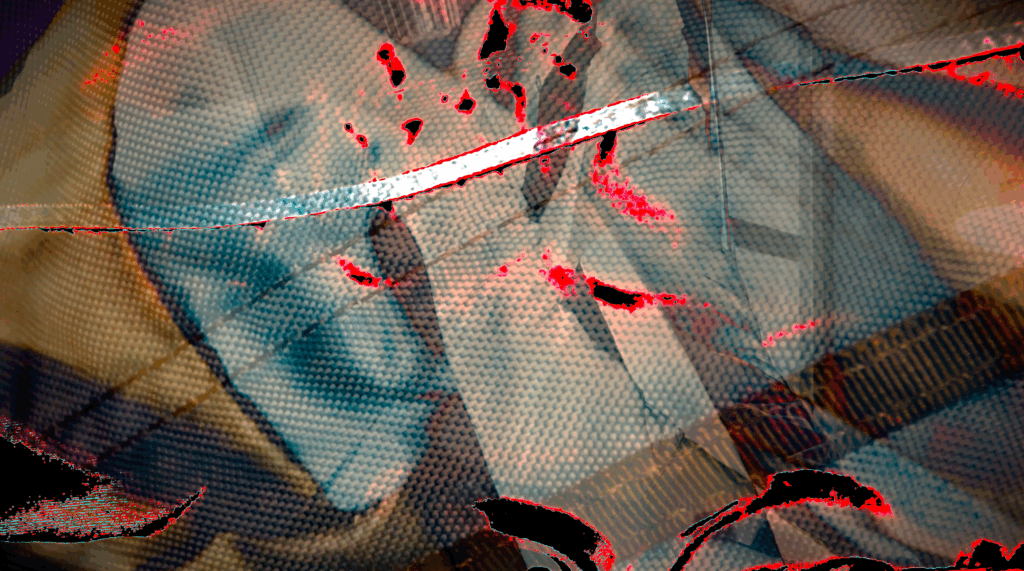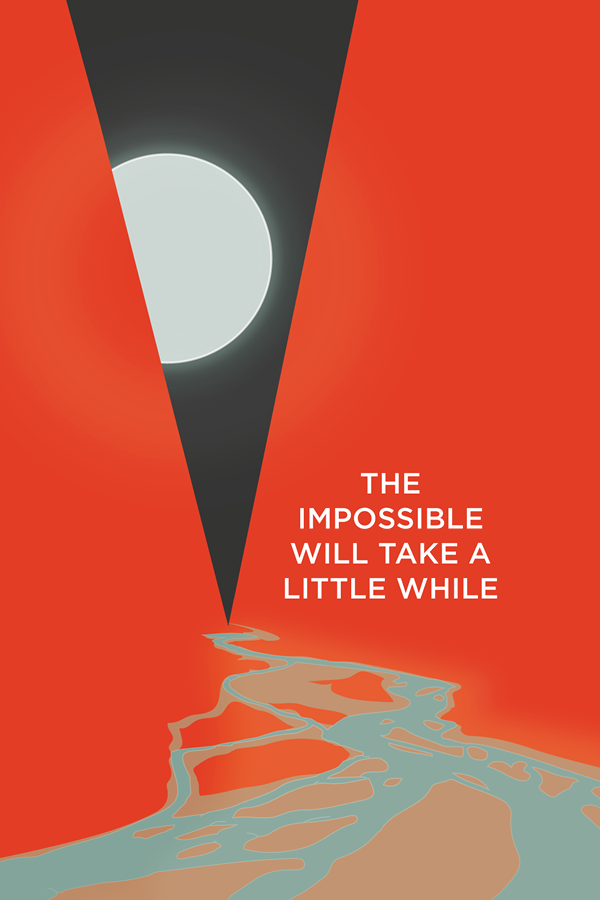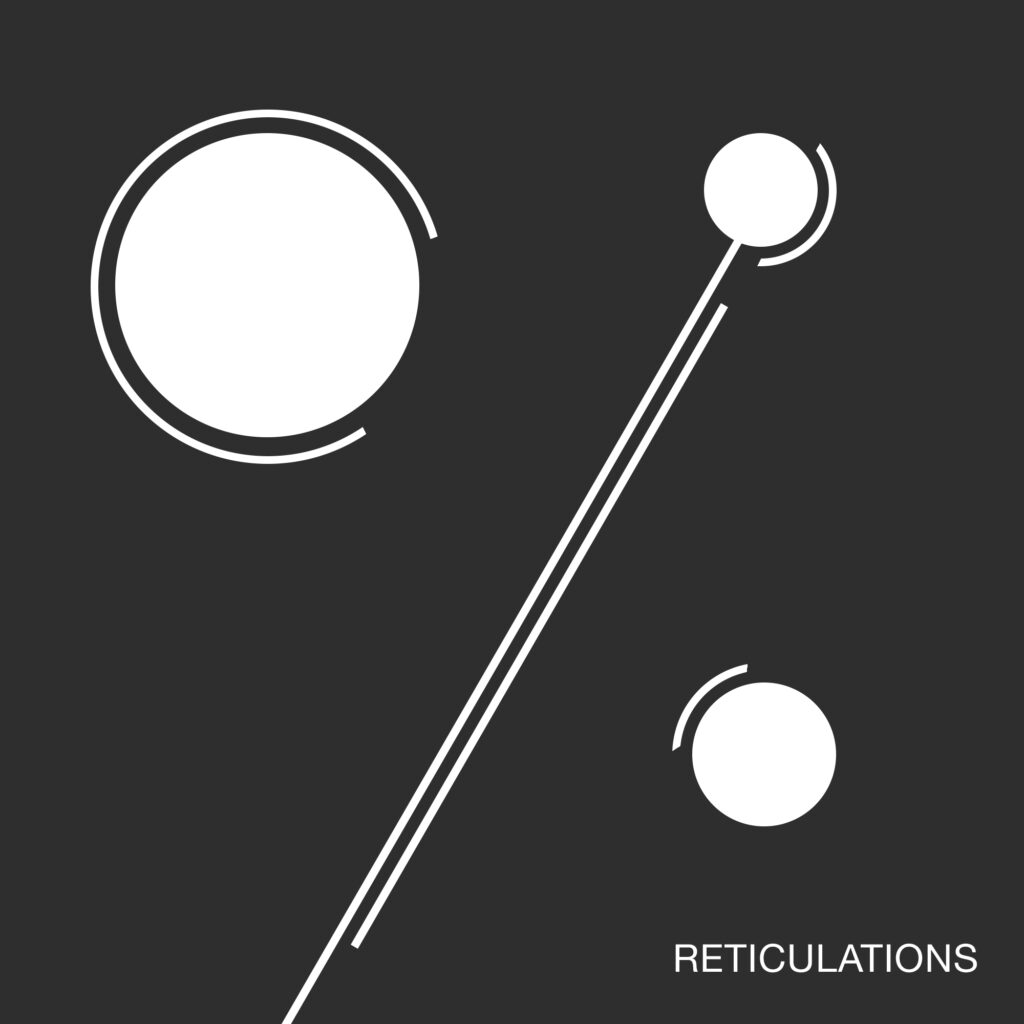University of Music and Performing Arts Vienna
- Reticulations
- Politics I
- Blue Canvas
- The Impossible Will Take a Little While
About the Work
Reticulations is a work for live electronics, no-input mixing, colored glass, ceramics, and metal plates and sheets of various shapes and sizes for the percussion duo low pass and myself.
The work integrates these materials into an intricate system that is inherently unstable and improvisatory. In contrast to my history of designing computer music systems of control that reflect complex, but discrete symbols of discourse via audience participation, this work explores no-input mixing and feedback—a combination of media and performance techniques in electronic music that are usually considered unstable. However, the work also extends my dialogic artistic practice where low pass and I collaborated on the work’s production through an extensive workshop phase and through the imrpovisatory nature of its performance.
Work Samples
The excerpts presented here are from performances at the Constellation in Chicago, Illinois, and the Pulitzer Arts Foundation in St. Louis, Missouri.
- Year Composed: 2025
- Link to Score
- Representative Timing: Automatically generated by link.
Pulitzer Arts Foundation: Glass
Constellation: Metals

About the Work
Politics I is a work of participatory and web-based computer music that explores concerns about the audience as a political public. It has three movements, Digital Discourse, Cybernetic Republic, and Technoautocracy.
In western concert art music, the audience’s participation in the presentation of a musical work is traditionally restricted to a staid listening experience within a proscenium setting. Politics I aims to overhaul this rigid notion of music-making by breaking down the barriers between composers, performers, and the audience and rendering audible the politics of aesthetic preference that exists within participatory music settings. In this new computer music system, audience members submit a text, the text is processed by the system, and then depending on the movement, this textual ‘action’ impacts the music generated by the system in specific ways. Drawing on insights from musical semiology and political theory, I argue that this setting allows audience members to recognize the possible sonic effects of their own inputs and make choices that impact the aesthetic experience in real time. In effect, composer and audience thus determine the shape of Politics I together. Because this participatory setting provides the audience with agency to impact the musical work, the audience’s interactions give rise to an internal discourse contained within the domain of the participating individuals and their submitted texts. This discourse, in turn, generates a concert-going public that reflects a consensus-based, or rather, Habermasian public sphere [1]. Within the internal discourse of this public, audience members articulate a politics of aesthetic preference, wherein the sonic results that are preferred by more audience members can take precedence within the musical texture of the work.
The resulting politics of aesthetic preference is most easily recognizable through the interplay between groups vying to determine the shape and experience of the musical work, with the groups being generated through either spontaneous mimesis or pre-planned and coordinated action. To systematically analyze these discursive processes within the audience, and their potential to effect change within the music, the computer music system behind Politics I parses text messages submitted by the audience through an array of natural language processing (NLP) techniques in Python.[1] In SuperCollider, it then sonifies the analyzed content of the input messages while simultaneously displaying them visually. The system is customized to generate music such that distinct code-bases act as individual movements of a complete piece. Politics I has three distinct movements: ‘Digital Discourse’, ‘Cybernetic Republic’, and ‘Technoautocracy’. Each of these movements serves as an analogy to a particular political system, with the purpose of musically representing how systemic structures influence political decision-making but can also be subverted through coordinated action. The work is of variable length; it usually lasts at least 30 minutes, but can be up to 40 minutes long.
[1] A more detailed examination of these internal, aesthetic and political processes can be found in my article in Organised Sound, where I analyze Luke Dahl, Jorge Hererra and Carr Wilkerson’s TweetDreams and in my contribution to the edited volume, Post-Politics and the Aesthetic Imagination.
[2] Here, text message is not meant as the common colloquial stand-in for an SMS, but rather a text-based message that comes from one of many different protocols or platforms for text-based communication.
Work Sample
The movement presented as a work sample here is from a performance at the Peabody Institute.
- Year Composed: 2022
- Code and Instructions: https://github.com/eclemmon/politics_1
- More About the Work: ericlemmon.net/politics-i/
- Representative Timing: Automatically generated by link.

About the Work
This movement from Baggage, a larger work comprised of interviews with friends, colleagues, and family members as well as electroacoustic music, serves as an exploration of objects and ideas that prove challenging for the possessors to set aside or stow away. The movement here, titled “Blue Canvas,” comes from the soft, blue canvas suitcase that generates all sonic materials in conjunction with the live processed electronics part. This movement delves into the materiality of an object that has unexpectedly acquired personal significance due to the quizzical permanence it has assumed over years of relocating from place to place. Both literal and metaphoric, this movement serve as a launching point for the larger artistic exploration of the eponymous term.
Work Sample
The excerpt presented here was recorded and filmed in St. Louis, Missouri.
- Year Composed: 2023
- Representative Timing: Automatically generated by link.

About the Work
In The Impossible Will Take a Little While, I sought to combine the emotional power of music with discursive political ideas and aimed to use this political art to inspire audience members to act politically in order to transform society long-term. The texts for the oratorio, which stem from the collection of essays and poems of the same name edited by Paul Rogat Loeb, offer hope and advice to the average individual as told from the perspective of those who are widely credited for bringing about systemic change in their respective societies, such as Nelson Mandela and Vaclav Havel. The essays’ message is that while these luminaries were at the forefront of social movements, their success was only enabled by legions of regular people contributing to social and political change. This message became especially important in the political context of the musical adaptation, as I wrote the work in response to an electoral minority within the US being able to maintain power through structural inequalities built into our system of democracy.
The video is cut together from two different live performances and a few recordings of movements that were made separately at the request of collaborators. The recordings without any video elements are from the 2018 performance. The recordings of the movements “The Green Dream” and “Origami Emotion” are from 2019 and 2016, respectively. All other video is from the 2015 performance of the work. The work is for chamber orchestra of acoustic and electric instruments and four voices.
Work Samples
The excerpts presented here are from two different live performances and studio recordings made at the request of collaborators.
- Year Composed: 2015, with major revisions in 2018.
- Score: http://bit.ly/2NTVO7z
- Representative Timing: Automatically generated by link.
- Starting Point of Recording in Score: Pg. 77 in the pdf, mm. 63.
Other places of interest to listen:
10:55 The Green Dream (Acoustic violin solo)
Starting Point in Score: Pg. 29 in the pdf, mm. 1.
22:51 September 1, 1939 (Full chamber orchestra with electric instruments and vocal quartet)
Starting Point in Score: Pg. 43 in the pdf, mm. 89.
41:22 To Be of Use (Full chamber orchestra with acoustic instruments and solo mezzo)
Starting Point in Score: Pg. 57 in the pdf, mm. 68.
59:48 No Future Without Forgiveness (Piano, Oboe and Clarinet)
Starting Point in Score: Pg. 86 in the pdf, mm. 21.
